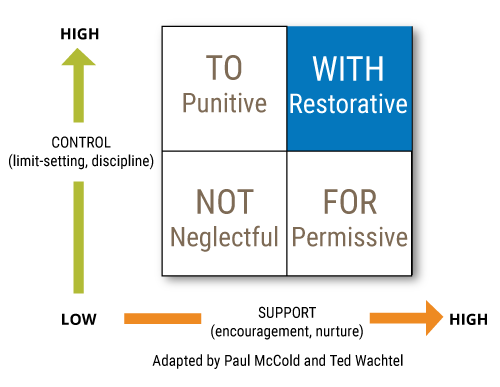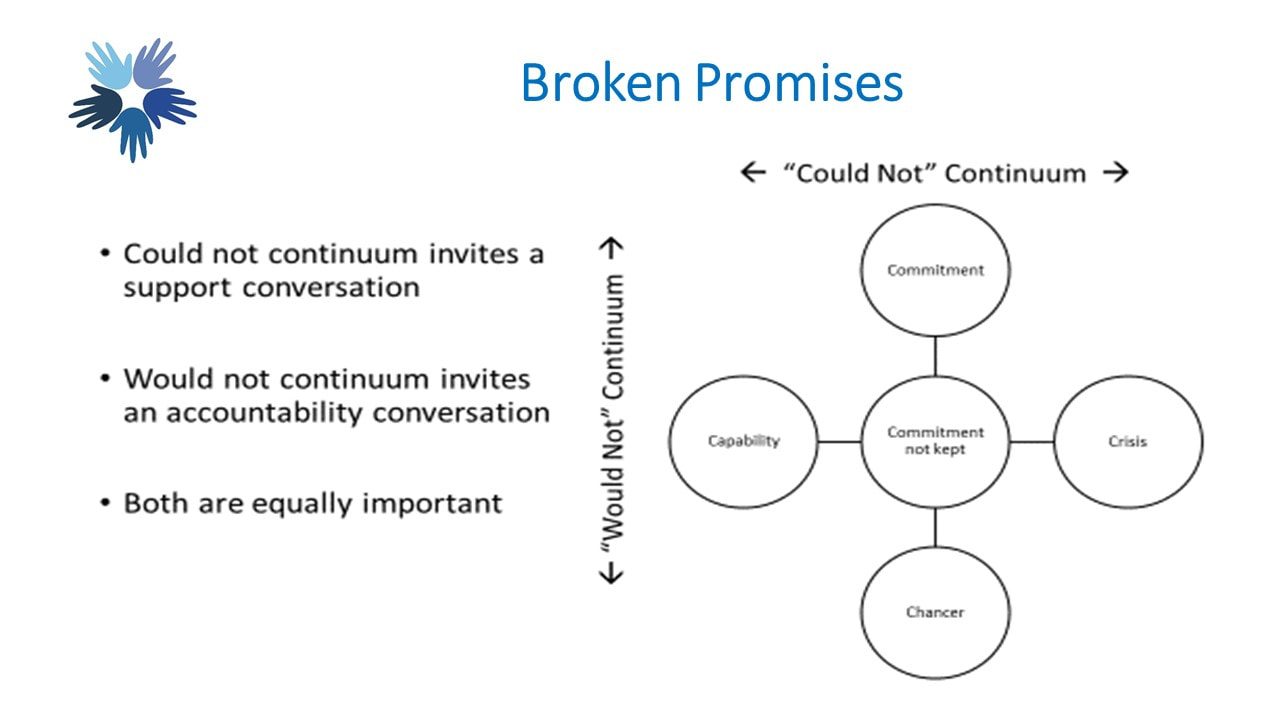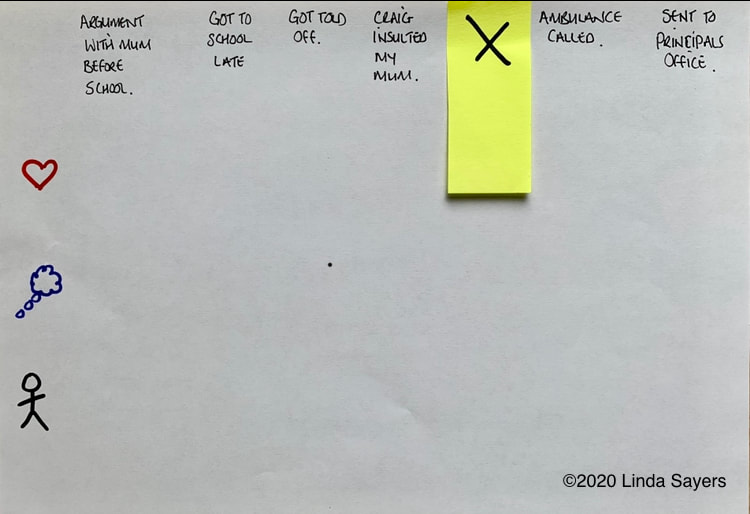Pancake Wizards, Minecraft Mentors and "The Prof": Curiosity and Collaboration in Learning19/6/2020 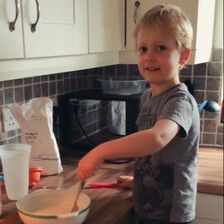 A famous and experienced pianist took a break in the middle of a concert to chat to his audience. Whilst chatting, a child ran onto the stage and began to bash away at the piano, to the wide open mouths of the audience. The pianist, smiled, turned and sat down beside the child. Then he began to play alongside him. Using his competence and knowledge of the piano he began to compliment the notes the child hit, building on them and the beginning of a beautiful song emerged. The child smiled and played more intently, listening to the famous Pianists notes, watching his fingers, copying his riff’s. They played for a few more minutes before they stood up together and took a bow, connected by their shared music and attached to each other in this new relationship of collaboration. Teaching is just like this – as is any role where you provide discipline (from the Latin verb “to learn”). But how you do, and who does this is up for grabs. I’m a pancake wizard. It is my calling on this earth to provide perfect and yummy pancakes. On our kitchen wall it is written “I love you… I made you pancakes.” I started to teach my son how to make them when he was about 5. Now he will remind me regularly, “butter in before the milk or it will go lumpy.” He’s nearly 10 and he is still mastering the “flip” but he’s getting there and nowadays we eat more pancakes than we do clean them up off the floor. Progress. Learning. But he also teaches me things. Like yesterday he taught me how to build my dream home in Minecraft. It has two, completely glass walls overlooking a lake below. I doubt very much if it is architecturally secure, but it looks amazing. One of my step-sons (to be), given a reprieve from GCSE’s this year because of Corona-Virus, took on the challenge of supervising my 10 year old’s school work while I am out working. He is remarkably good at it and is now nick named “The Professor”. I watched his style – he was all “I don’t know J, let’s try it out together and see if it works.” Curiosity and Collaboration – two of the most important things in learning. Whether it is the story of the pianist you remember, or the pancakes, or of 16 year old’s supervising 10 year old’s school work, remember that learning works best when you use curiosity and collaboration alongside the expectation to discipline – when you are “with them in it.” Ted Watchel a well known proponent of Restorative Practice and models such as the Social Discipline Model said: "Human beings are happier, more cooperative and productive, and more likely to make positive changes in their behavior when those in positions of authority do things with them, rather than to them or for them.” Recognising your natural position within the Social Discipline Model (see fig 1) and how it impacts on your style of teaching, is crucial to your ability to connect with students and develop their skill to take responsibility for their own (first dependent, then co-dependent and then independent) learning journey. fig 1: The Social Discipline Window: P McCold & T Watchel You can read more about the Social Discipline Model by clicking on the link below.
Or if you are interested in learning more about social discipline styles and the impact they have on a child’s capacity to learn as well as on the environment in which they learn, (be that the classroom or the kitchen table), then check out our online Introduction to Restorative Practices by clicking below. You can get 50% off by just entering RESTORE at the checkout and receive this course for only £24. We also offer Group Discounts – just contact us below to find out more.
1 Comment
 It hit last night. An outpouring of grief and loss and all that had changed in his world since… well since he was old enough to remember. It started early on in the day. Constantly at my side, clingy, irritating, pushing buttons and doing things to attract attention. Over and over, I put the jigsaw puzzle I was tussling with, the presentation I was working on, the spoon I was stirring with, down, and turned to him. “You have my full attention, what do you need?” And each time, it was pushed aside, he wasn’t ready (or able) to express whatever it was that was bothering him. As we got closer to bedtime it was brewing, the behaviour was getting more boisterous, nothing was right, he wanted this, he wanted that, but not this way and not that way. It was somewhere around this point that I realised this was not boredom, this was not “focus on me, not your work mummy” I realised we were heading for a big tsunami which had been coming for weeks. After the last “it’s not fair, why can I not have your laptop to load up my games?” and the accompanying slam out the door, (and boy can he slam) I got up from the sofa where my partner and I were watching TV, and said “carry you on watching, I’m going to be a while.” I knocked his bedroom door. “Can we talk?” “I hate you,” came the reply, “you never let me do anything, you always take everything away from me. You’re more interested in your work than in me.” I got onto his bed and held out my arms. He came straight in, snuggled into my chest and he let rip. I mean really let rip. It started with “You won’t let me have your laptop, you won’t let me have the living room TV in my bedroom, I didn’t get pizza for dinner tonight,” and I listened, occasionally saying “you are so mad at me aren’t you? I’m sorry you are so mad at me.” I don’t know how many times I repeated this or versions of it, just reflecting back to him what he was clearly feeling without commenting on what he said was the trigger. And then somewhere about 5 minutes in, when he finally understood I was really listening to him, we got to it, the torrential outpouring of loss and grief. The real stuff. The stuff you can’t hide from when it smacks you up the face. I’ve got to hand it to him – for an almost ten-year-old, when he finally feels brave enough to express it – he does it remarkably well. He sat straight up and looked at me, tears streaming down his face. “You left my dad… you took me away from my dad… you moved me away from my school and friends… I loved my house … you ruined my life… I want it to be 2016 again when it was just you and me… I want it to be 2013 when it was you me and Dad… I wish I’d never been born, then you and Dad would still be together and I would live with both of you, (you have to appreciate the mix up of a child’s reality and fantasy here)… you care more about living closer to your mum and dad than me living close to my dad – how do you think that makes me feel?” Bam! There was the question. It was like a kick up the teeth. The decisions I had made, for us, without consulting him. Now to be fair he was four years old and didn’t really understand the basis for the decisions that were made, and despite having a good co-parenting relationship with his dad, we do now live an hour apart, rather than the 20 minutes it used to be. But that is irrelevant, because right now, I had to suck up the fact that my decisions impacted him beyond the day on which they were made and long past the situations in which they needed to be made, had passed. My decisions now had come to bear and I had to deal with the feelings of loss and grief that happened as a result. I took a deep breath and thought here goes - off the diving board, dark waters below – let’s crack this issue wide open. “I’m sorry. You are right to be so mad at me. I made all these decisions that affected you and I didn’t ask you how you felt about them. I made all these decisions and they hurt you. I’m so so sorry. I took you away from your friends and your school and your home and I didn’t ask you about any of it. You must have felt so confused and lost. I’m so sorry. I totally understand why you are so angry at me and feel so hurt. I would feel the same if someone did that to me.” I didn’t make promises that I could change these decisions. I didn’t justify the reasons for those decisions. I just apologised for the pain he was in. For the loss he had experienced. He threw a few more examples of things I had done to him. (I’m pretty sure one of them was giving him an unreasonable bedtime!) It was surprising how quickly the tsunami left. Cuddled back into my chest he hiccupped a few times and then asked could he watch TV for a little later than usual tonight. I gave in. “Sure” I said. (So sue me – I was exhausted, he was exhausted, I was fairly certain he wouldn’t be able to stay awake too far past his bedtime anyway). This grief comes around every so often. It’s like a tunnel that he spins around and every so often he touches the jagged edge and it hurts and then the wound opens and we deal with the outpourings. It can be triggered by anything from a particularly good weekend with his dad and the disappointment of coming back to the mundane of me, or it could be watching his friends’ Dads’ pick them up from school and he realises his can’t. Life throws curve balls at him too, that ricochet him back into that jagged edge, like Corona Virus, which stole his summertime with his friends, and will steal the 10th birthday party he had dreamed to have. These losses just reopen the trauma of his most deep running loss. I know my pending marriage to my new partner and his dad’s pending marriage to his new partner will also open a wound, and while it will be a happy, happy, day for me, consideration has to be given to how it will be another loss for him. We can’t stop our children from feeling loss and grief, it is part of life. But how we teach them to deal with it when it comes is important. Ignoring it, devaluing it, or pretending they are too young to have these feelings, that they are silly, insignificant or misunderstanding the situation is not helpful. You don’t have to solve it. You just have to empathise with it, normalise it, feel with them. I am preparing myself for more loss and grief to come. Send wine. 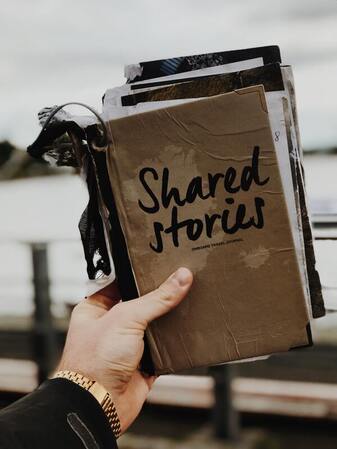 Storytelling sometimes gets a bad reputation. It is seen as exaggeration, day dreaming or telling lies. But I believe story telling is more about promoting the painful or joyous parts of an experience rather than exaggeration, about visions of better futures rather than day dreaming, and about transforming a difficult experience into a desire for what it should of, or could have been, rather than telling lies. Storytelling is one of the oldest forms of recording in the world. People used it to educate, to pass down family history, cultural traditions and moral values. Obviously over the years stories change, interpretations are made according to the culture or politics of the day, sometimes words are changed, replaced or erased. There is an interesting challenge to be considered around the journey of stories and who it is that holds centre stage in the telling of stories that reach the masses, which change, replace or erase the words and direction of stories in history and ultimately the story that is told in future generations. When people of one race (or predominantly one race) hold this power, and we do not challenge this or push against it, we are complicit in the smelly water of generational and institutionalised racism. Promotion of the voices of others is a requirement of someone who calls themselves anti-racist or anti anything for that matter. It needs to have many positions which are “against” the predominate other. It is not a neutral or passive position. Storytelling is a very powerful medium for communicating experiences, ideology, and desires of the past, present and future. In restorative practice storytelling is central to understanding the experiences of all involved in relationships with each other. Here are 3 ways you can use story telling within restorative practice in anti-oppressive ways.
I would love to hear your recommendations for more. 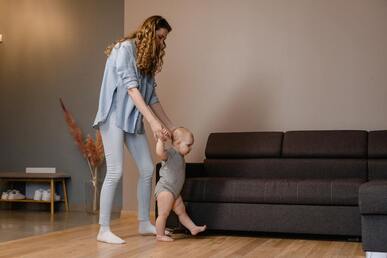 He fell over again today. I mean, how many times do I have to pull him back up again before he gets this? I think he is doing it deliberately. I have decided I’m not going to help him anymore. If he doesn’t want to learn well that’s his problem. This is ridiculous isn’t it? Would you ever give up on teaching your child the skill to walk? No of course you wouldn’t. Behaving in a socially acceptable way, being in relationships with others and knowing how to get your needs met without harming others is a skill that needs to be learned and taught just like walking. But still I get asked, (way too often) at what point do you stop “doing” restorative practice? At what point do you say “this just isn’t working let’s stop”. The answer is never. I always work to restorative principles and values – even when the child is not engaged in resolving the conflict or harm they have been involved in or caused. Children learn by watching, by trying and failing and making mistakes. And they do it at different paces arriving at skill mastery at different times from their peers. I see glimmers of responsibility or accountability all the time from children who have been written off as having “no empathy”, “no conscience.” The difference? They show these glimmers with people they care about, and respect, people they have a relationship with. This tells me that the first step to teaching anything, whether it is how to walk, how to behave or how to do trigonometry, is to develop a relationship with the child first. There is no doubt in my mind that there are children who are harder to reach and harder to teach, and let’s not get all sanctimonious here – it is never their fault, so there is no child who is not deserving of someone who will reach for them and teach to them. No child. Even the ones that drive you round the bend! “And if those children are unresponsive, maybe you can't teach them yet, but you can love them. And if you love them today, maybe you can teach them tomorrow.” Jeffrey R Holland If you would like to know more about how to work restoratively with children who will not engage in resolving the conflict reach out for a conversation about our Introduction to Restorative Practices Workshops or our Developing Restorative Practices Workshops. And if you just want to check out what it is all about before you commit that’s ok too, you can do this by purchasing our most popular programme since lockdown, “Introduction to Restorative Practices in Action” Click HERE 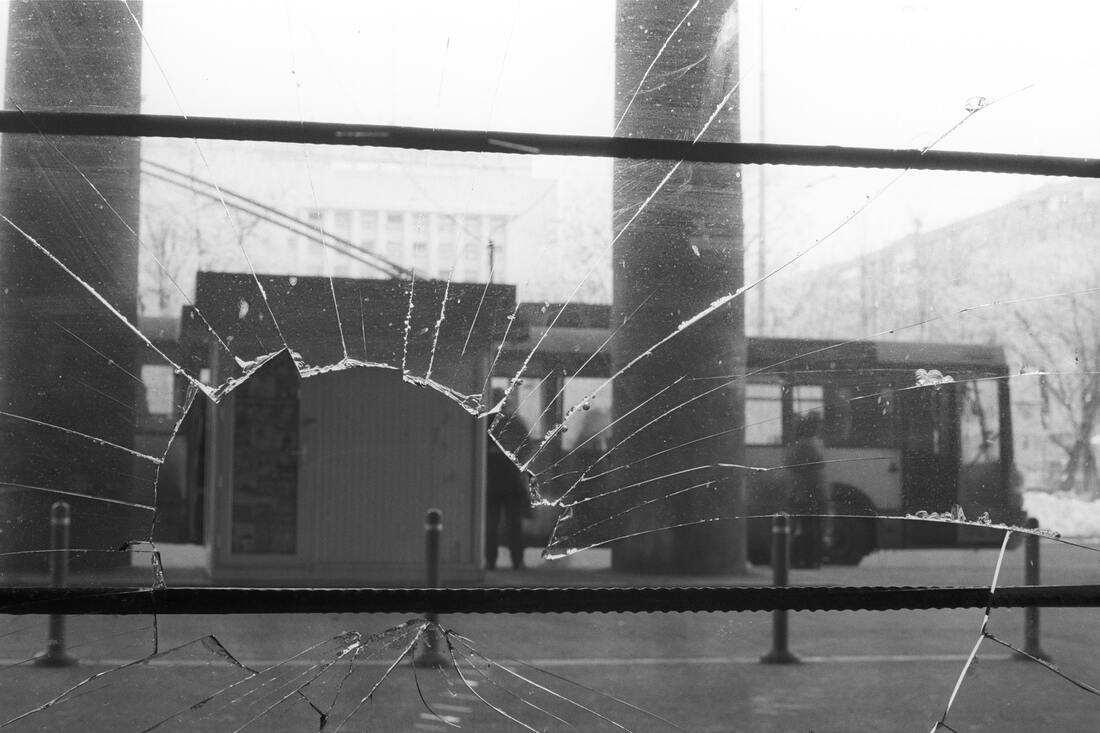 Broken Promises – The Couldn’t / Wouldn’t Phenomena The “Couldn’t” “Wouldn’t” Phenomena. So what do you do when it all goes Pete Tong and the child who caused harm doesn’t do what they agreed they would? You’ve been through the restorative process and it worked really well, the two children in conflict told their respective stories, they developed understanding of what happened and how it affected each other and agreements were made to repair the harm and prevent similar harm from happening again. And then the promises get broken. The child doesn’t turn up for their therapeutic input with the school pastoral care, or they stop making the small restitution payments for the phone they smashed belonging to their friend, or they start bullying again. What do you do? Sometimes, in fact often, these broken promises get met with the “it didn’t work – Restorative Practices are rubbish” condemnation from those who participated. And yet is this really fair? Particularly with children? What adult, as a child, hasn’t made a promise and then reneged on it, or made a half-assed effort? For that matter, what adult, as an adult, hasn’t made a promise and then reneged on it? Children are learning. They are still forming their character and moral compass as they go through life, and it is perfectly natural for them to break promises or lose motivation. Accountability So what do we do? We hold them to account. We teach them to keep the promise, and (just in case you were wondering) it doesn’t matter if it was an important promise or not, whether it was made by a 5 year in a pinky promise, or by a 17 year old in a formal promise to pay restitution for a jacket ripped. It doesn’t matter if it was a completely unfulfilled promise or an almost fulfilled one. What does matter is that we hold them to the promise they made, in the spirit they made it. This is important not just for the person they hurt and made the promise to, but as a life skill. Someday our children will be asked to commit to paying a mortgage or rent for a home they live in. They will be asked to commit to a person to respect, love and honour them. They will be asked to commit to turning up everyday for a job that they will receive money for doing. And if we don’t teach the importance of keeping their commitment, they may well end up homeless, lonely and with no prospects. Teaching commitment is a life skill which reaches far beyond The Promise. Let’s look at what is going on when children fail to keep a promise they made. When children fail to keep a promise they have made there can be a variety of reasons why. It isn’t necessarily that they just couldn’t be bothered, although this is sometimes the case – I have a 9 year old and two teenage steps sons and believe me – sometimes they just can’t be bothered! From my days back in Youth Justice, when we used Circles of Support and Accountability (COSA) to enable highly vulnerable young people to achieve, I have always found the frame below really effective in helping me to figure out how to handle a broken promise. This basically works on two axis (the “Could Not” and the “Would Not,”) with a broken commitment or promise in the middle. The first thing we need to do is figure out why they have broken the commitment in the first place because this will direct whether we are going to be having a support conversation with them or an accountability conversation with them.
The Could Not Continuum – Capability or Crisis. Capability is where the child has perhaps promised something which was too ambitious in the first place, or perhaps the child’s circumstances have changed and they are no longer capable of meeting the commitment in the form it was initially promised. Examples of an over ambitious commitment may be where a child promised to pay back the full cost of new blazer they ripped in a scuffle rather than pay for the professional repair of the jacket by a seamstress. Or perhaps they were making regular repayments for a repair of a school blazer they ripped, but a parent was made redundant and now his parents need most of his part time wages or pocket money, to help support the family. Crisis is where something has happened which has temporarily prevented a child from doing something they promised they would. For example perhaps a child agreed to stay behind after school once a week, for the next 4 weeks and help the school janitor paint graffiti off a school wall, but on week 3 she doesn’t show up because her Granny was taken into hospital the night before and she had to go straight home and look after the younger kids so her Mum could go and visit her Granny. Support Conversations In both of the above examples, and many more like them, a support conversation is invited. In the first example your purpose is to either increase the child’s capability by resourcing them with the knowledge, skills or resources that they need to complete the promise they made, or perhaps by altering the boundary around the promise made – such as extending the period of time over which the child might make restitution for the damage he caused. It is never to dismiss the promise made as not important. In the second example your purpose is to provide temporary relief of timescale, reinforce the promise made and help the child to strategise how she could have prevented this being a broken promise by sharing her crisis with a trusted staff member to ask for her day to be swapped to a different day or the timescale extended. Again, it is never to dismiss the promise made as not important enough to be followed through. The Would Not Continuum – Commitment or "Chancer" Commitment is where the child has lost focus on the reason why they made this promise in the first place. Commitment tends to be very high when a child is faced with the impact their behaviour has had on another person and they will most often feel genuinely remorseful and motivated to resolve the harm they caused at the time they made the promise. But we define commitment as maintaining the action to complete the promise long after the feelings, which were present when you made the promise, have passed. And in the fast paced life of a child – this can pass pretty quick! That doesn’t mean they are bad, or unaccountable, or liars, (or any other judgey-type labels) – it just means they’ve lost focus and need to be reminded through an accountability conversation. The Chancer position is when a child is just chancing their arm to see if they can get away with not doing what they said they would. Now before we all nod sagely and knowingly and a little bit patronisingly, lets just put this in perspective. When was the last time you said you would meet your friend and go to the gym with them to get fit and then you made an excuse at the last minute because you’d had one glass of red wine / bottle of beer too many the night before? We are all chancers from time to time. It’s natural and it's physiological! The human brain is hard wired to take the easy route - it is how the sympathetic and parasympathetic nervous systems in the body work. When something is hard the brain looks for an easier route, the path of least resistance. The Accountability Conversation In both of the above examples, and many more like them, an accountability conversation is invited. In the first example your purpose is to re-engage the child with their commitment and often a simple conversation about their promise will be enough to refocus and motivate their commitment to completing the action. However, it is worth bearing in mind that this might have to be repeated several times if the commitment they made is a long term one taking place over several weeks, so I would advise (if it is appropriate) to keep reparations short and sweet and if they are longer for more serious harms, then build in a quick 10 minute review at intervals. In the second example your purpose is to re-engage the child in the feelings they had at the time of making the commitment , taking the child back to the reasons why they made the commitment, holding their word up as honourable and asking them to respect themselves by honouring their word. Challenge the child to rise to your expectation and hopefully their own of being an honourable person who keeps their word. It is never to dismiss the promise made as not important. Regardless of whether the conversation is a support conversation or an accountability conversation it is crucial that we hold children to account for the promises they have made. It is important that we highlight the impact that a broken promise has on us now and on them in the future. And it doesn’t matter if it is a little broken promise or a big one, or an almost completed promise or a just engaged in one – the important point is that we all need to learn to be accountable to others if we are to live in more peace and harmony. If you would like to learn more about this way of managing conflict and holding to account in your school, you can complete our Introduction to Restorative Practices in Action online course here. Or you can contact Linda for more information on tailored workshops on 07805093965. LJ Sayers is a restorative practitioner, trainer, mum, partner, mediocre saxophonist and expert chocolate quality controller. 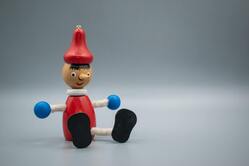 One of the most common questions I encounter when working with educators in building restorative practice into their schools is “what do you do when a child flat out denies that they are responsible for a harm that has been caused?” This question goes to the very heart of why restorative practice is a culture that needs to be cultivated and not just an intervention applied at the point of conflict. To understand what to do about this when it happens (and it will happen) you have to first understand the motivation behind why children (and adults) deny responsibility for something they have done that has caused harm to others. While the research on motivation for telling lies lists hundreds of reasons why someone might lie, from protecting others to tact, when it comes to school based examples there are a handful of common motivations. Avoiding Punishment This is probably the most common reason for telling a lie when a child is confronted with the direct question about what happened. If the child believes there will be a punishment following an admission then there is an increased motivation to tell a lie to avoid punishment. The lie is not an attempt to avoid responsibility (and this is an important distinction) the lie is told to avoid the punishment. Concealing reward or benefit In this case the motivation is to conceal the reward or benefit the child obtained by breaking an explicit or implicit rule which they were expected to follow. This could be anything from having stolen something from a peer to having peeked at their neighbours test sheet and copied the answer. This lie is told mostly to protect the self from the shaming of the person "as less than" that often follows being discovered to have done something which "is less than." Again an important distinction between "being less than" and having "done something less than." Avoiding embarrassment This is a common motivation when the child feels guilt about the impact of their actions but also fears that they will be shamed for that impact, rather than understood. An example might be the child who denies they were given the homework instead of admitting that they did not have enough money to buy the supplies to complete it. Whether a child experiences having less than as shame or embarrassment is largely dependent on whether they see “having less than” (embarrassment) as an indication of “being less than” (shame). Children will work harder to hide shame than embarrassment, so always bear in mind that if you suspect a child is lying to you, ask yourself what shame they are risking in telling you the truth and how can you separate having less from being less. I have a beautiful memory of an Art teacher at my high school who during for the last two periods of every Friday from when I was a first year until I was an upper sixth year, we painted, drew or modelled, still life of food stuffs. Fruit, vegetables, eggs, cheese and once a whole chicken still in the supermarket wrapper. And at the end of that class she would casually comment in her thick Ballymena accent (for 7 whole years) a variation of “Anyone who wants to take that off my hands would you? I’m only gonna have to bin it otherwise.” And always there was one or two pupils who would say “Sure Miss, I’ll get rid of that for you.” Protecting someone else from harm In this case the motivation is that the child does not want to get their friend into trouble. It might be because they can identify with their friends reasons for having acted as they did, and so in some way they approve of their actions. Or it can be that they feel the need to adhere to a “bro-code” even if they disapprove of their friend's actions. This one is difficult because on some level we, as a society, approve of the characteristic of loyalty to protect a friend from harm. This is apparent from the derogatory words we use to describe someone who does tell on a friend like “snitches”, “rats”, and a local Northern Ireland one - “tout.” Pain is the name of the game Ultimately the underlying purpose of all of these motivations is the same. The purpose of avoiding pain which could be physical, social, or psychological pain. Human beings are hard wired to seek out pleasure and joy and to avoid pain and distress and our brain psychology has many ways of achieving this. Therefore the temptation to tell a lie, when faced with pain as a possible outcome of telling the truth, is a very strong one and it is not limited to children. We all have the capacity to tell lies, omit truths, or deny knowledge of something when the motivation to avoid a temporary painful experience outweighs the benefit of an admission. If children believe that your intention behind discovery of “What Happened” is to punish, shame or cause pain (physical, social or psychological – even indirectly and unintentionally) then there is a strong motivation to avoid responsibility by denying fault. The Admit Nothing, Deny Everything, and Ask for Proof phenomena is likely to be even more acute with children (or adults) where they have had life experiences which have reinforced punishment or pain as a response to admitting responsibility or being found guilty of something. This is very prevalent in cultures where community reprisals have been historically or are currently active. Children who have strong unresolved shame behaviours are highly motivated to avoid pain through any means necessary to protect their physical, social and psychological being. But what if you build a culture where children believe your intention is not to punish, but to curiously understand what happened so you can help them to repair harm, rebuild relationships, and develop strategies to avoid future problems by meeting the needs which led to the harmful event in the first place? This sounds more complicated than it actually is. Most teachers I encounter in my training have these skills already but perhaps aren’t thinking about them explicitly or applying them deliberately in a consistent model of practice. As a result, when they are tired, their defences are down and they are “winging it,” (and lets be honest – we all do this from time to time because we are human too), then the wheels come off and we undo great progress we had previously made with children who are less confident about telling the truth and not being shamed and judged as a result. Don’t worry, if you have ruptured a relationship with a child through a momentary lapse of your superhero powers, you can repair this with daring to be vulnerable enough to admit to them that you got it wrong – and the impact of this on your relationship with them is so powerful you will wish you apologised more! Building a restorative culture to reduce denial, lies, and avoidance? So what are the key features of building a culture where children can feel able to risk being honest, knowing that there may be a temporary experience of discomfort but with a more permanent pleasurable outcome in the long term?
If you would like to know more, or try out some of our courses which develop the skills to practice restoratively as well as learn the restorative interventions check out our online Introduction to Restorative Practices here, or contact Linda on 07805093965 to book a workshop. LJ Sayers is a restorative practitioner, trainer, mum, partner, mediocre saxophonist and excellent chocolate quality controller. |
AuthorLinda Sayers Categories
All
Archives
September 2021
|

